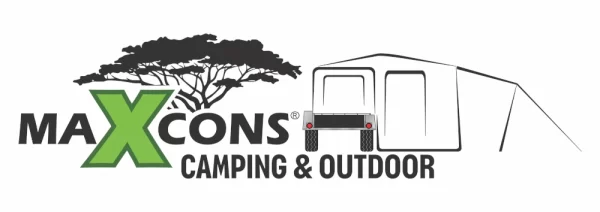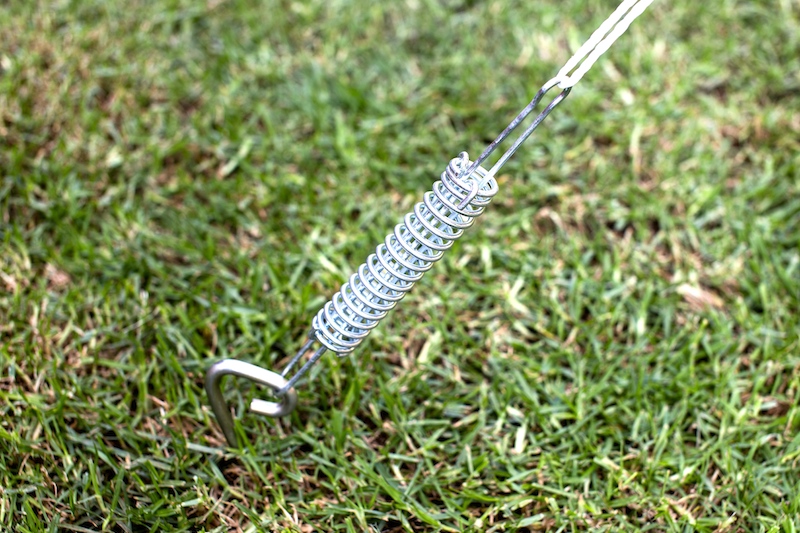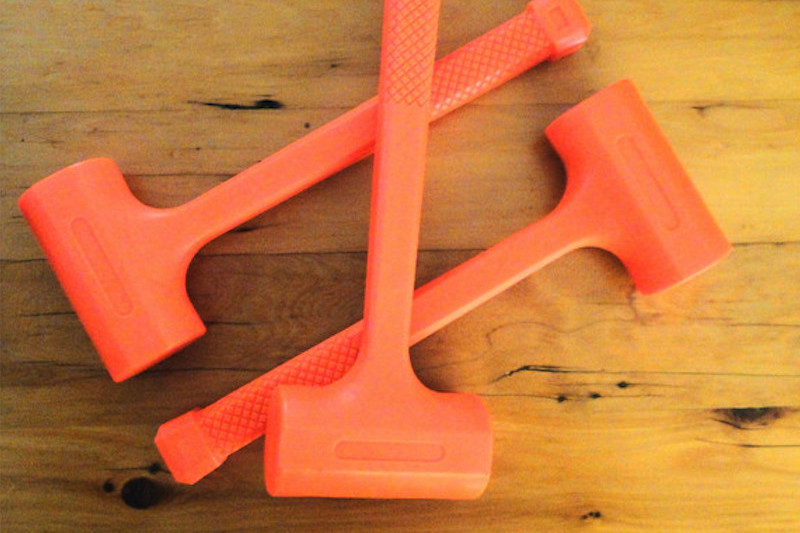Max-Storm Pegs replace the traditional L shaped anchor pegs. Instead of 1 peg, we have 2 components namely a 450mm x 8mm thick hardened spring steel peg and a compressing spring capable of 85kg of resistance.
Our Max-Storm Peg is designed for use in sandy, wet and strong windy conditions.
Max-Storm Pegs are quality guaranteed, if one of our components breaks with normal use we will replace it for free.
Design registration nr: F2014/00446







